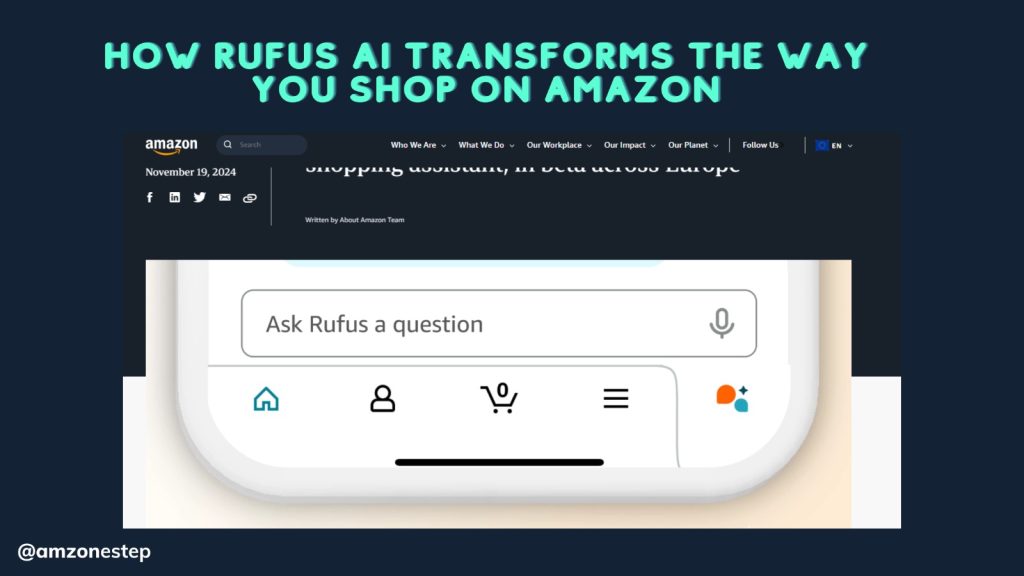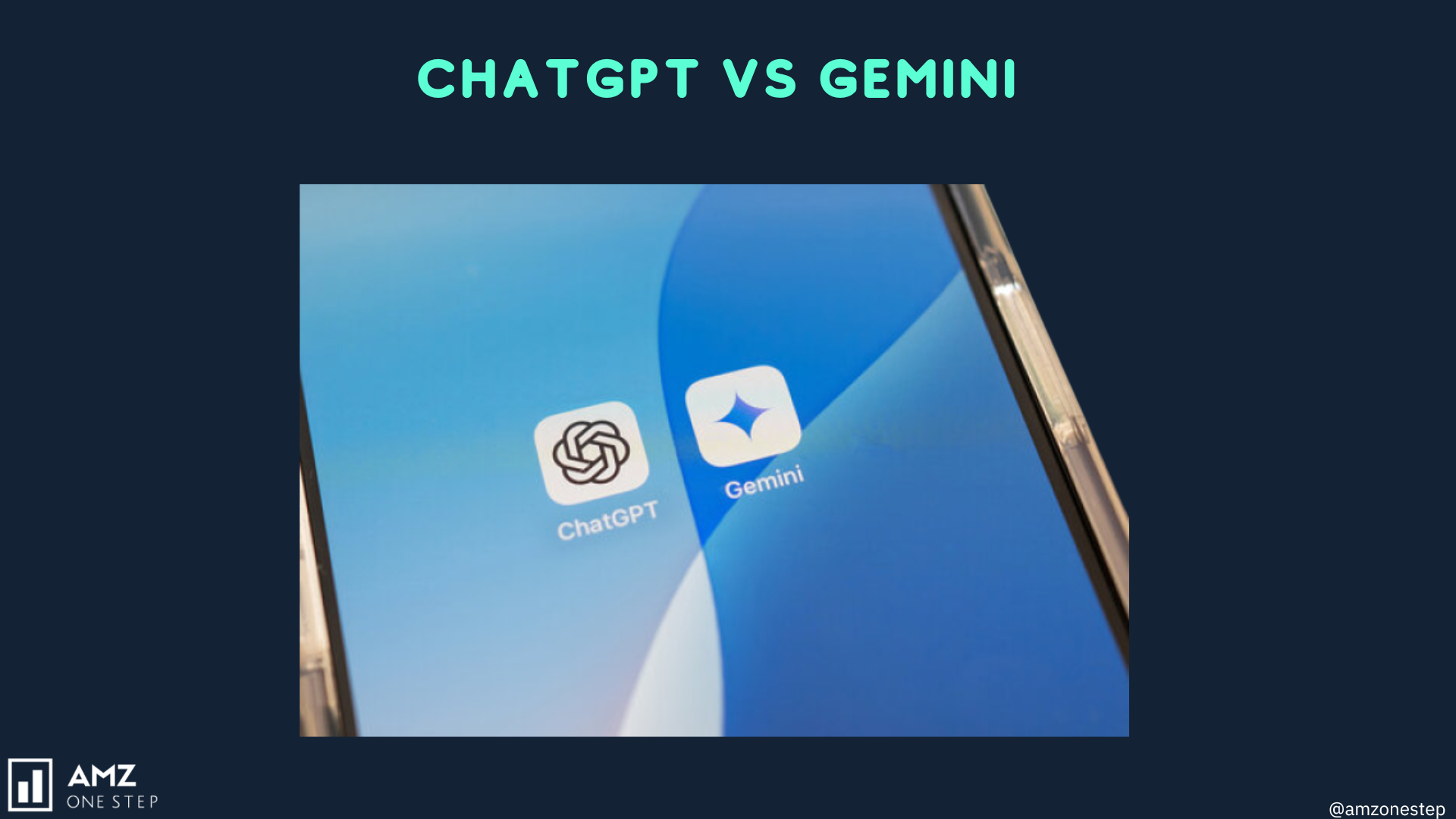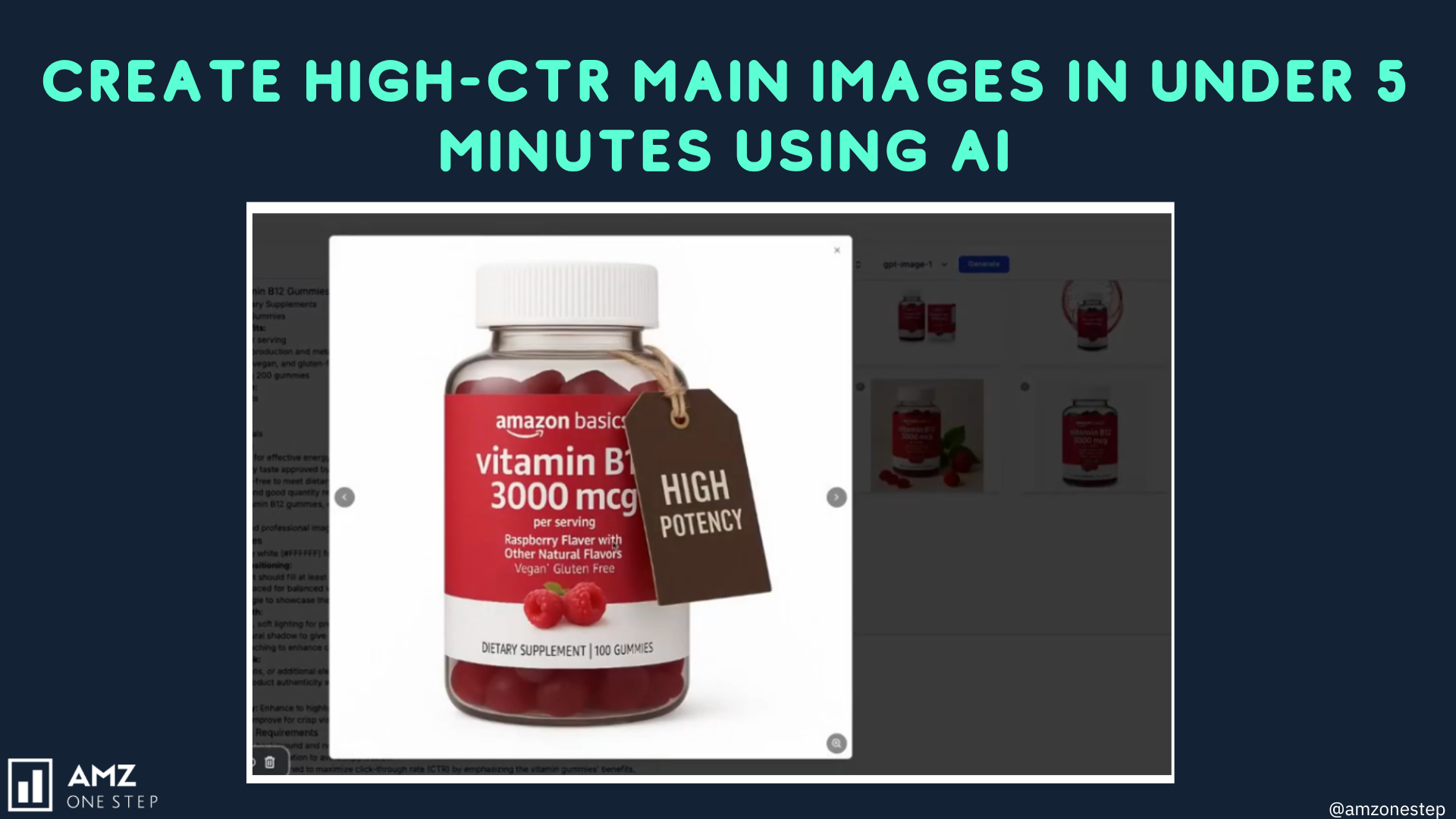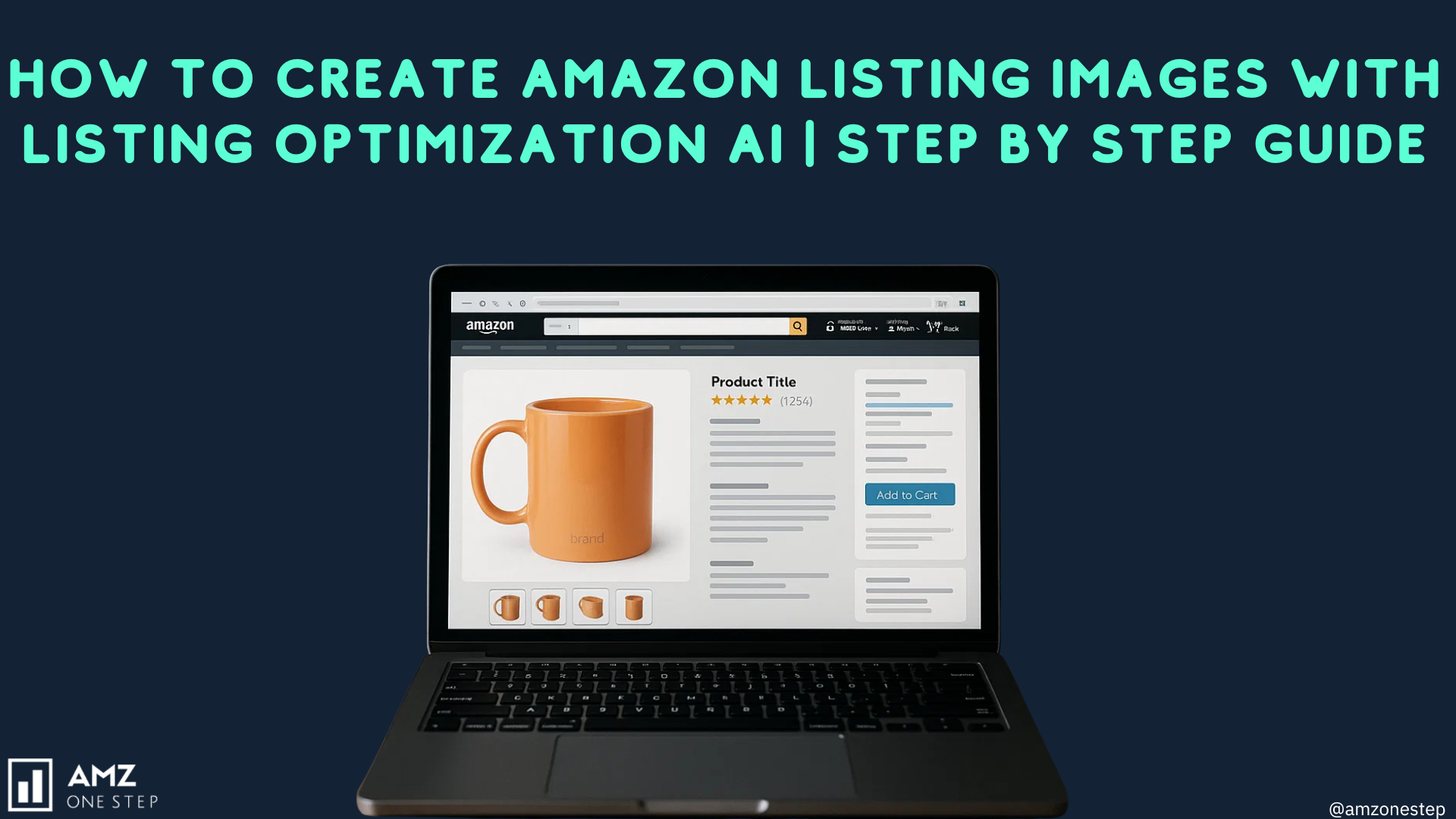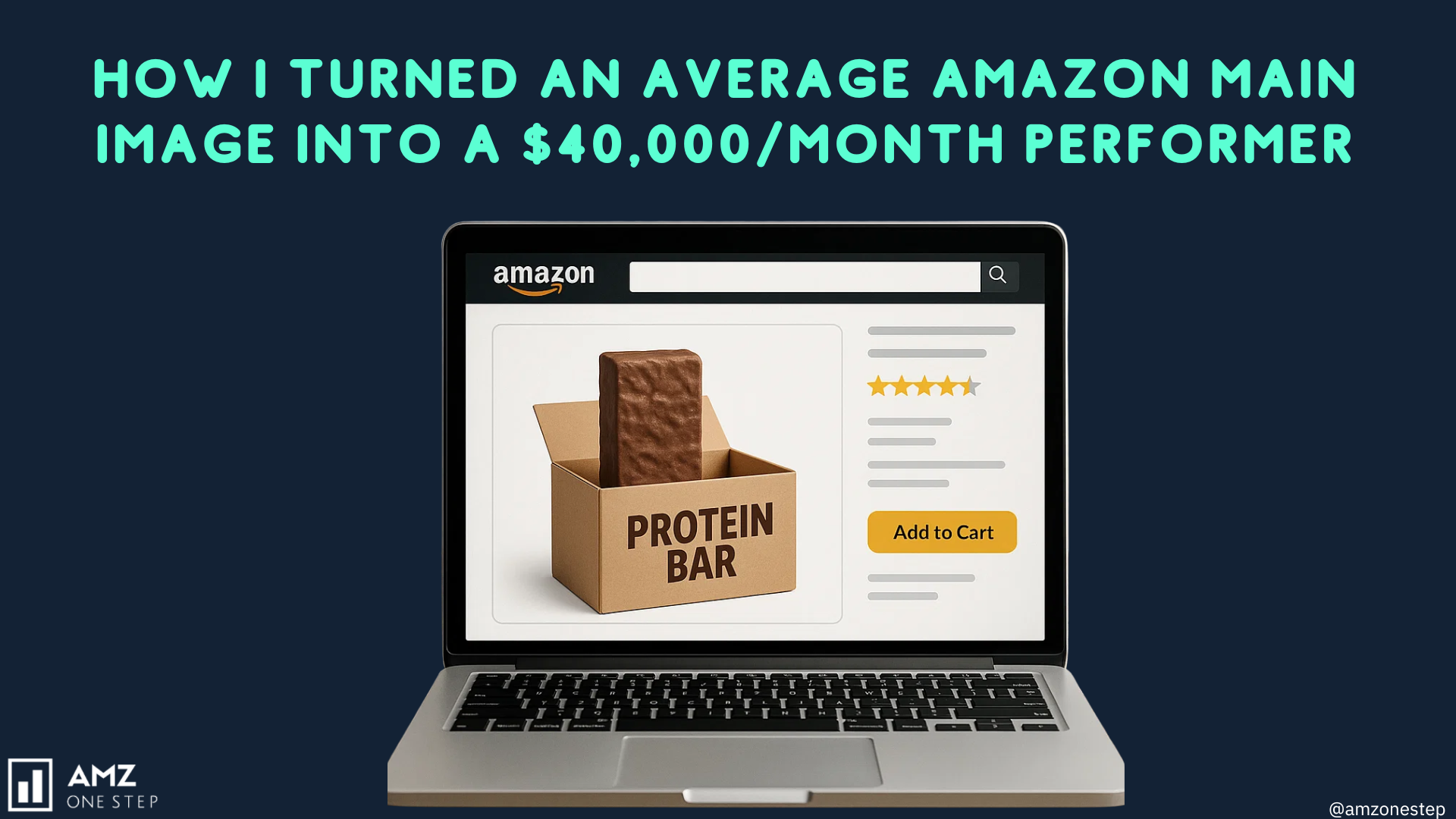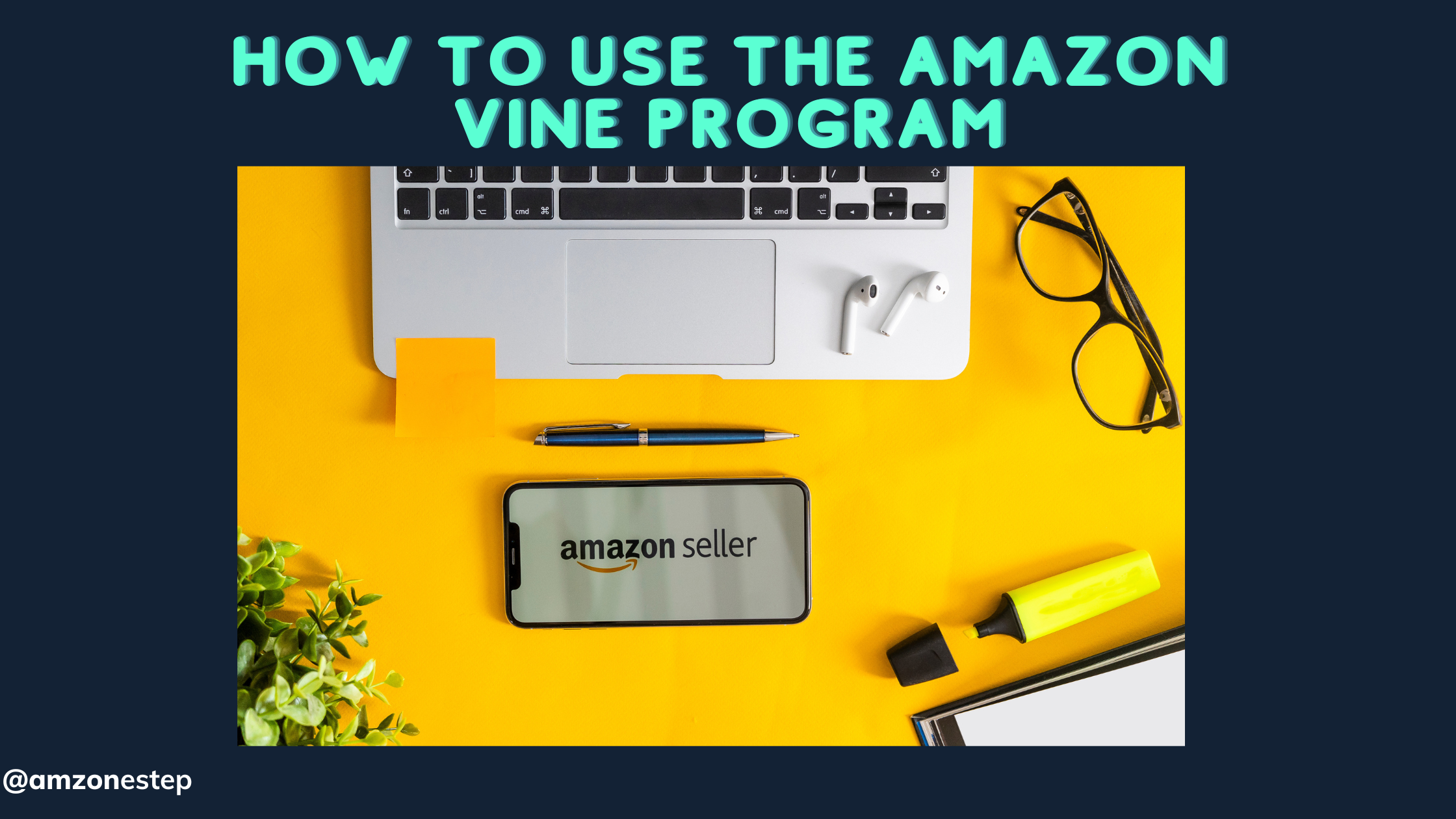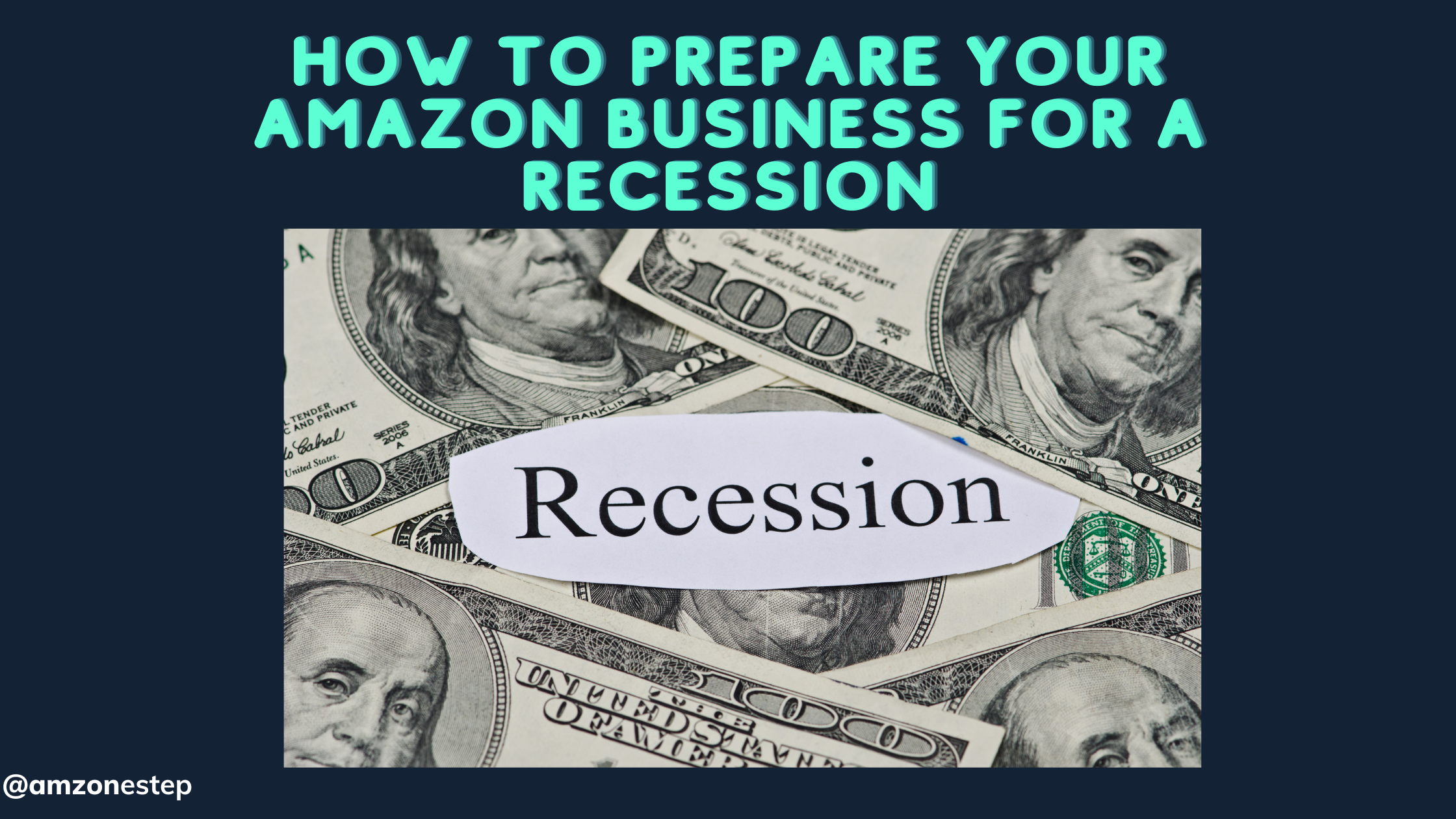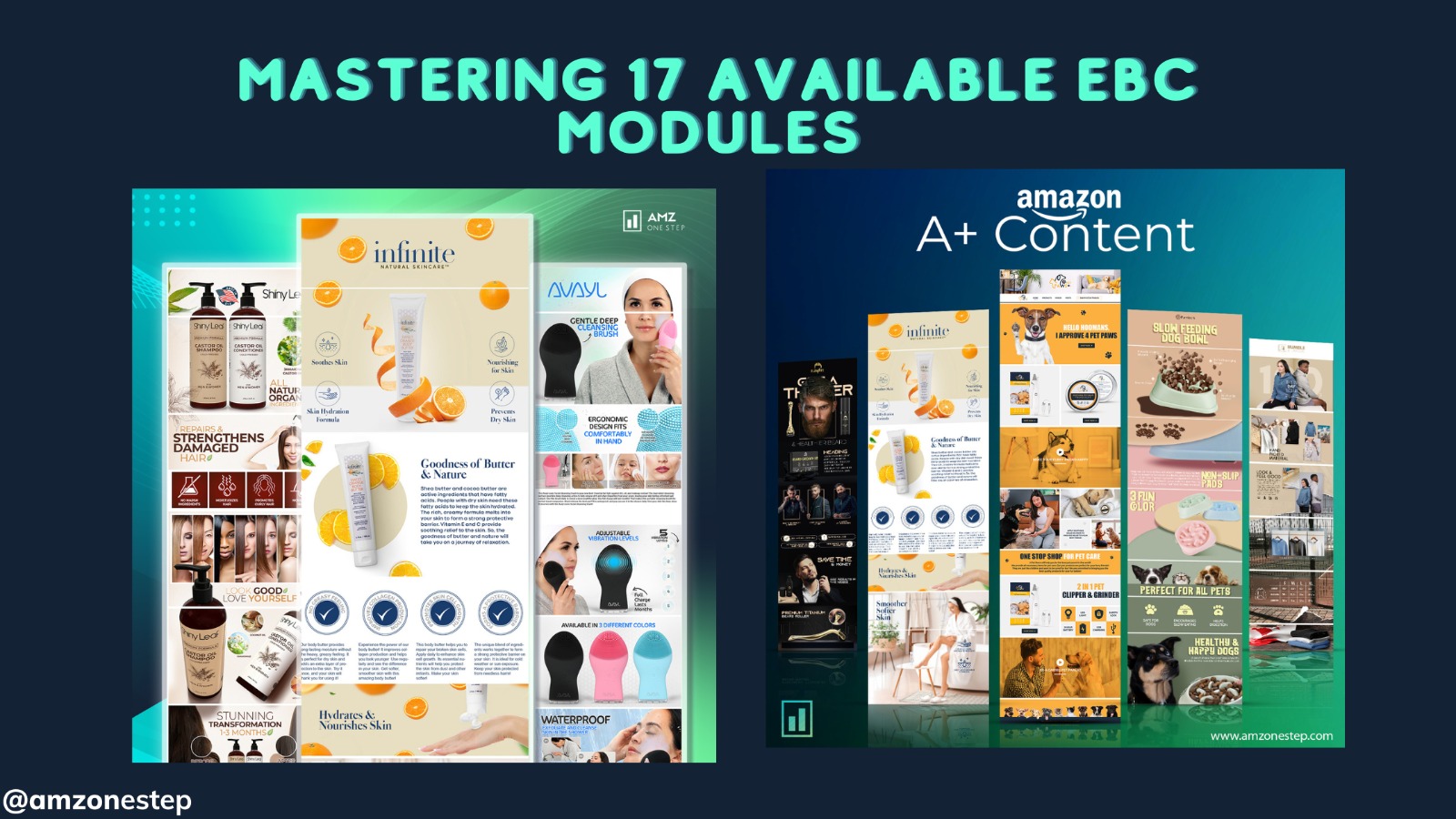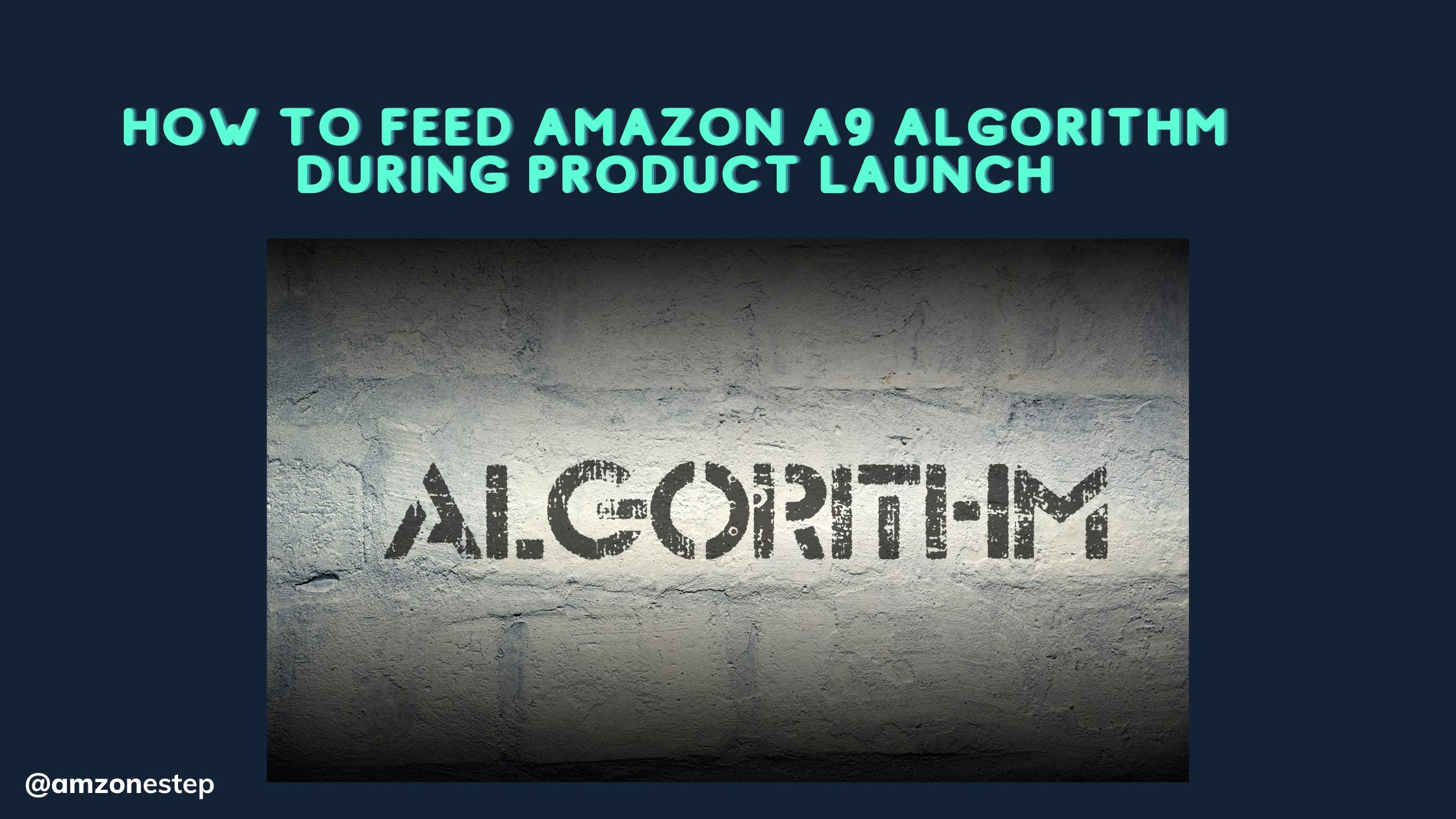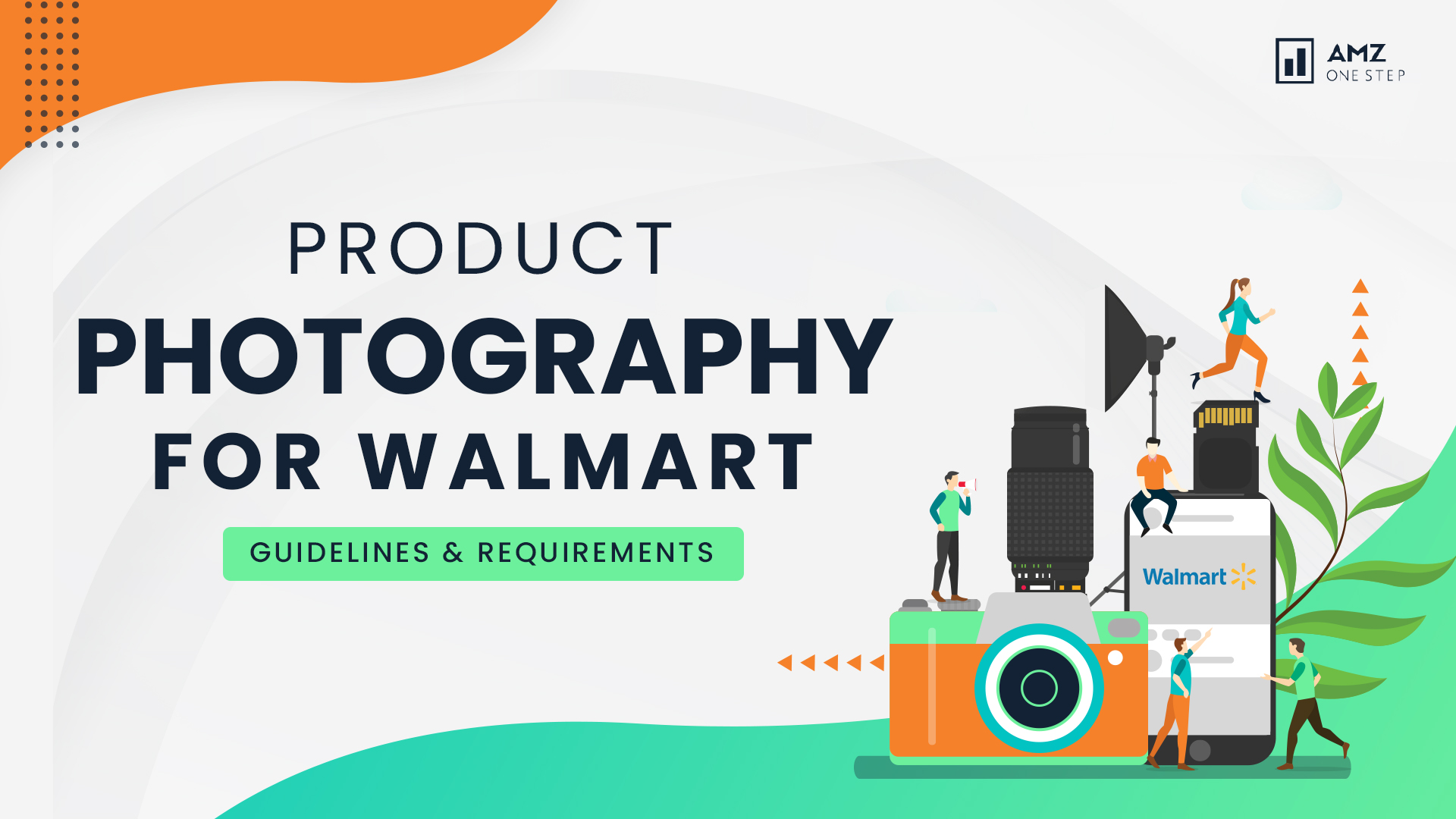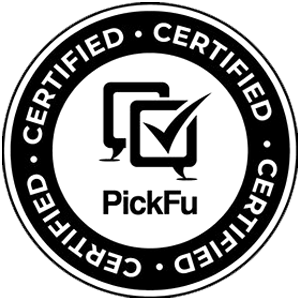The way people shop on Amazon is changing. And at the center of this shift is Rufus AI, Amazon’s new intelligent shopping assistant. If you’re an Amazon seller, this change isn’t just interesting—it’s critical. Rufus is already transforming how customers discover products. If your Amazon listings aren’t optimized for Rufus, you’re missing out on visibility and conversions.
Let’s break it down and show you exactly how to optimize Amazon product listings to work with Rufus, not against it.
What Is Rufus AI?

Rufus AI is not just another search upgrade. It’s an AI-powered shopping tool that understands how real people speak. When a customer types something like, “Show me budget-friendly noise-canceling headphones for travel,” Rufus doesn’t just scan for keywords—it interprets the shopper’s intent.
That means your product listing needs to be easily understood by Rufus to appear in these conversational searches.
Keyword focus: Rufus AI, AI-powered shopping assistant, Amazon listing optimization, voice search on Amazon
How Rufus Interacts with Listings
Rufus scans your product images, product title, bullet points, and product descriptions. If these are unclear or vague, Rufus may skip your listing.
Think of Rufus as a smart filter reading your listing. You lose visibility if it doesn’t instantly understand your product features, use cases, or target customer.
Keyword focus: Amazon A9 algorithm, product discoverability, product relevancy, voice-enabled search
Let’s explore a case study that greatly assisted me in finding the best results on Amazon using Rufus AI.
Step 1: Open Rufus
I opened the Amazon Shopping app and tapped the Rufus icon (a chat bubble with sparkles) at the bottom of the screen. Immediately, a chat window appeared asking how it could help.
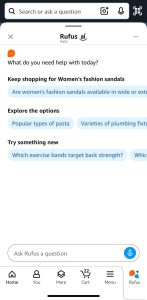
Step 2: Asking a Natural Question
I asked:
👉 “What is the best laptop for college students under $1000?”
Within seconds, Rufus replied with a helpful breakdown of top options including:
- Apple MacBook Air (M1) – praised for battery life and portability.
- Dell XPS 13 – known for its display and build quality.
- ASUS ZenBook 14 – a budget-friendly performance powerhouse.
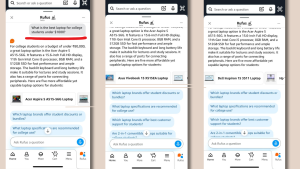
Step 3: Drilling Deeper
Next, I asked:
“Which one is better for graphic design?”
Rufus immediately compared the devices based on:
- Processor speed and RAM
- Graphics capability
- Display quality and resolution
It highlighted the MacBook Air as a good balance of performance and software support for creative tools like Adobe Suite.
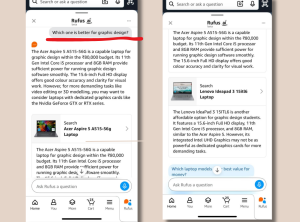
Step 4: Discovering Accessories
Curious about what else might be helpful, I asked:
“What accessories do I need with this laptop?”
Rufus suggested:
- A padded laptop bag
- USB-C hub with HDMI
- External SSD
Wireless mouse and keyboard
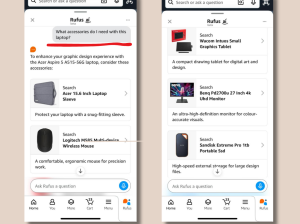
Step 5: The Final Recommendation
Finally, I asked:
“Summarize your recommendation.”
Rufus responded with a clean summary:
“For college students studying graphic design, the Apple MacBook Air offers the best value under $1000 with excellent battery life, powerful performance, and compatibility with creative tools.”
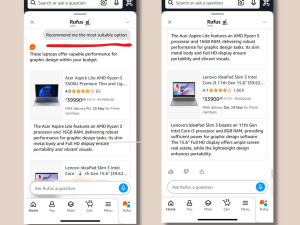
What I Learned
Amazon Rufus isn’t just a chatbot—it’s a context-aware shopping companion. Rather than clicking through filters and hundreds of reviews, I had a back-and-forth conversation and got tailored advice in seconds.
Whether you’re a student, a parent buying tech for your child, or just someone who values time, Rufus can save hours of research and decision fatigue.
This case showed how AI can truly enhance the online shopping experience. Rufus is still evolving, but even now, it’s a powerful tool for anyone who shops on Amazon.
Try it out for yourself: Open the Amazon app, tap the Rufus icon, and ask a question. You might just find your next favorite product faster than ever.
How to Optimize Your Listing for Rufus AI
A. Image Strategy
Your product images now serve two masters: the shopper and the AI.
- Multi-Angle Images: Include front, back, sides, top, bottom, and any functional parts.
- Close-Up Product Shots: Showcase important product details, materials, and brand elements.
- Clean Backgrounds: Stick to white or neutral tones. Busy backgrounds can confuse both shoppers and Rufus.
- Minimal Props: Keep it simple. Too many props dilute the product focus.

Keyword focus: Amazon image optimization, product photography for Amazon, image SEO, AI-friendly images
B. Text and Keywords
Rufus reads your text like a person would—and it responds best to natural, keyword-rich content.
- Optimized Product Titles: Lead with strong Amazon keywords and be specific. Think like your buyer.
- Bullet Points: List key benefits, features, and compatibility clearly. Make each one count.
- Descriptions: Write naturally but include relevant keywords your shoppers are searching for.
- Avoid Confusing Language: Use plain English. Rufus favors listings written like real conversations.
Keyword focus: Amazon SEO, keyword optimization, title optimization, product copywriting, Amazon ranking factors
C. Infographic Usage
Infographics are more powerful than ever—because now AI tools can read them too.
- Highlight Key Features: Show dimensions, product compatibility, and unique selling points.
- Readable Fonts: Use bold, clean fonts that are easy to scan—even for AI.
- Organized Layouts: Avoid overcrowding. Use white space and focus on one message per infographic.
Keyword focus: Amazon infographic best practices, visual SEO, infographic optimization
Test Your Listing for Rufus Compatibility
Want to know if your listing is ready for AI? Here’s a simple test:
- Open ChatGPT or another AI tool.
- Upload your product image.
- Ask, “What do you understand from this image?”
- If the answer is specific and accurate, you’re AI-ready.
- If not, revise your visuals or copy.
Keyword focus: Rufus testing, AI content validation, Amazon listing audit, listing optimization tools
The Shift: From CTR to AI Comprehension
The old game was about Click-Through Rates (CTR)—catchy titles and flashy images. That still matters. But now, AI comprehension is key.

